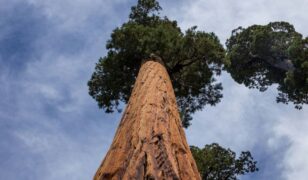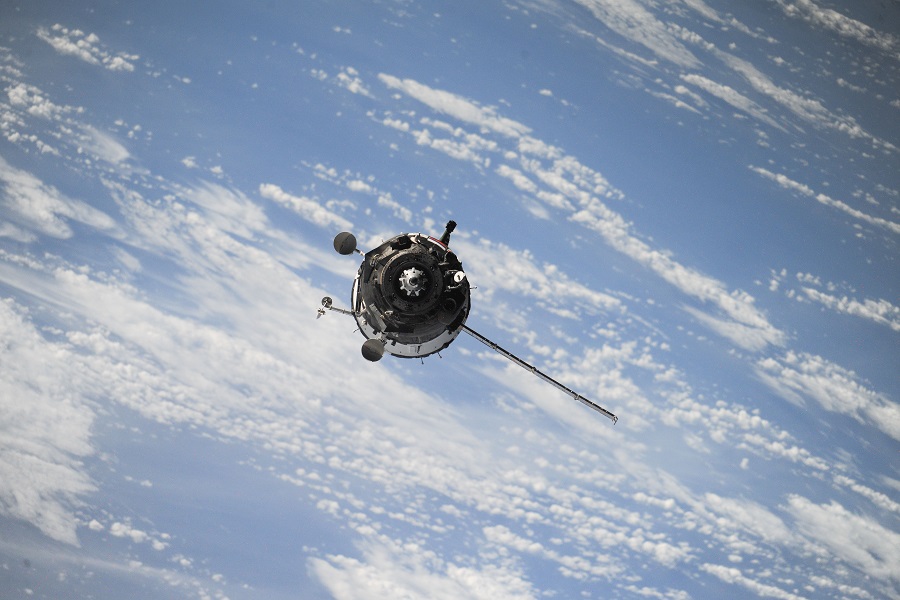On March 15, the National Geospatial-Intelligence Agency (NGA) released BIG-R BAA Topic 4: High Dimensional Nearest Neighbor. Questions are due by March 22, and abstracts are due by April 12. Proposals are due by May 24.
The internet has created an exponentially expanding source of image data. Images and video shared publicly on websites can assist NGA in understanding the world. During natural disasters, images of destruction assist first responders in conducting infrastructure damage assessment, identifying injured people, and planning search and rescue efforts. This information can also provide context to past events.
It is challenging to precisely locate images and videos posted on social media and websites because they are typically stripped of metadata that identify where and when the image was taken. Photographs or videos without a verified location provide much less value to NGA customers.
NGA Research seeks novel ways to search enormous volumes of world reference data to rapidly geolocate open source imagery and video. NGA Research leverages experiences from past projects and experiments with published neural network technologies.
Experiment results indicate no single source of global reference data is sufficiently comprehensive to deliver the required precision. NGA Research expects that viable solutions will require multiple steps, each leveraging a specific set of reference data. NGA Research engineered a multi-step process that begins with the selection of a general area of the world, much like the im2GPS, PlaNET, or GeoEstimation solutions. The second step delivers a small set of candidate locations by leveraging feature extraction to recognize specific items in the media and comparing those items to a global 40-80 terabyte reference data set of terrain and map features. This BAA only seeks solutions to a specific portion of the second step that forms a processing bottleneck: a rapid search capability. NGA Research has completed the development of the feature extraction capability for the media. Features for each image query will be provided to the Proposers. NGA Research will not consider funding solutions addressing the neural network-based first step at this time. Any solution considered will address the indexing and searching of the terrain and map features.
Scope and Objectives
The objective of this topic is to advance research in hashing and indexing techniques that organize features in a large data set and enable rapid high dimensional searches to determine the geolocation of media taken at ground level. NGA Research will not consider a pure neural network solution based on machine learning of ground level photos alone.
Full information is available here.
Source: SAM









